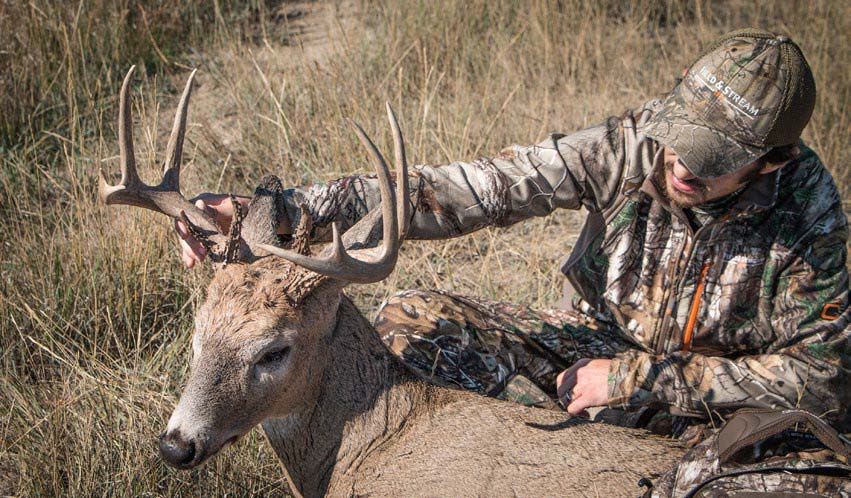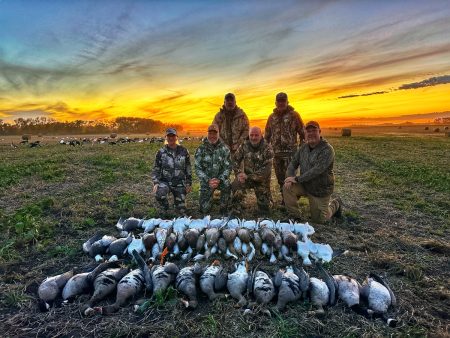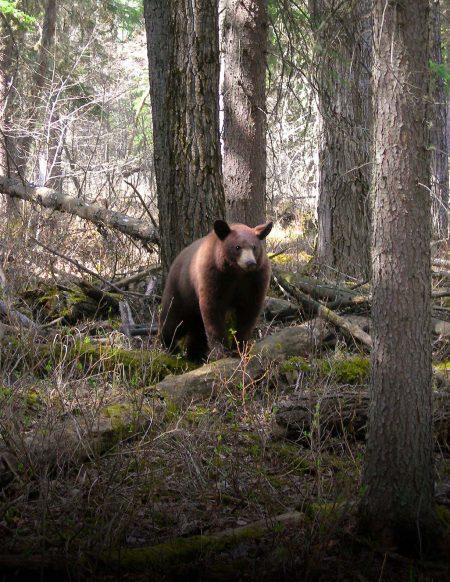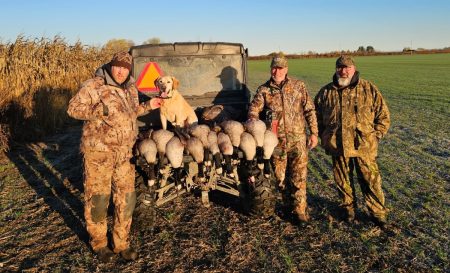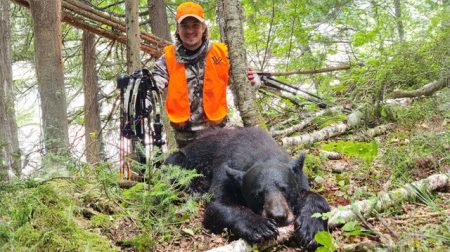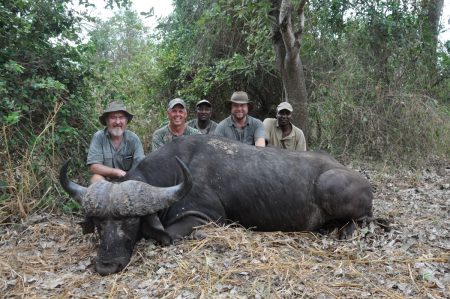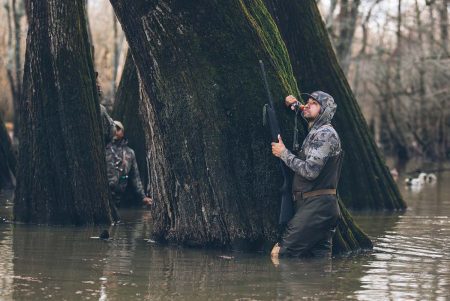There’s an explanation for why that mature buck you’ve been following suddenly disappears.
Deer hunters who run trail cameras have experienced voids left by monster bucks that suddenly disappear. Oftentimes, we call these ghosts—and bestow them synonymous names for their cunningness and ability to evade death. But bucks aren’t ghosts. They’re just ghosting us. Or, at the least, there is a very real explanation for their sudden disappearance. Here are eight reasons why these disappearances can happen, and what you can do about them.
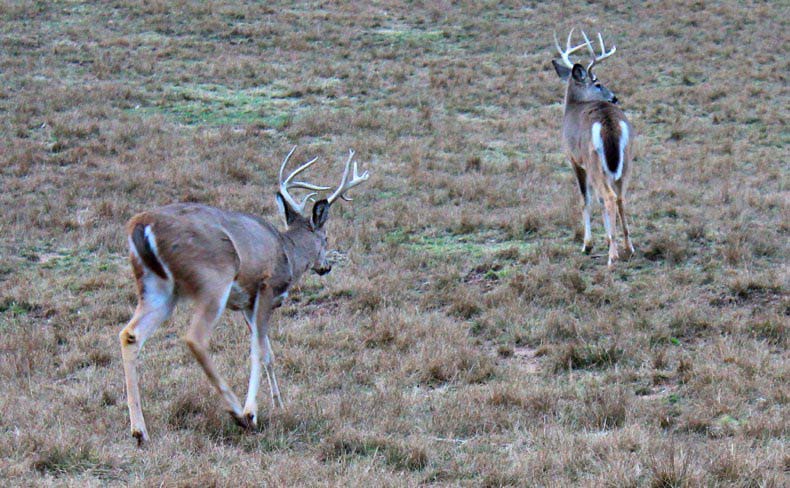
1. Environmental Changes
One of the biggest reasons deer leave is a result of changes to their environment. These adjustments can be due to a wide variety of causes. From elements as intrusive as urban sprawl to seemingly minor issues such as brush hogging a grassy field on the edge of a bedding area, these types of variations can cause bucks to depart for new lands.
“They are only thinking about food, water, and survival,” says Grigsby Host Mike Stroff. “So, if they change it up, one of these factors is the reason. It is hard to say where they go, but if you are not seeing them, it is a good idea to shift to figure it out and get on them.”
2. Rut Ranges

Another cause is directly linked to the biology of the Whitetail species. According to research, a vast percentage of bucks (of all ages) have different summer and fall ranges. This means they spend the rut in a different location.
“They have seasonal home ranges, and many of those bucks you watched all summer feeding in ag fields shift to their fall range and suddenly seem to disappear,” says Kip Adams, chief conservation officer for the National Deer Association. “They’ve disappeared because they’re using a different portion of their home range.”
Some say that some bucks spend the summer nearer to their birthplace, and then, during the rut, spend rut time elsewhere. That could be true, but if so, it could be much more complicated than that. Consider that bucks just want to find a place where they’re the dominant male. That may be the biggest factor in where they settle down.
“I have conducted an annual summer trail camera survey on our property for nearly 20 years,” Adams says. “Each year, I photograph 20 to 25 unique bucks during the survey. Of those, about half disappear after they shed their velvet and I don’t see or photograph them again until the following summer. Fortunately, I also have numerous bucks move onto our property following velvet shedding that I didn’t photograph during the summer survey.”
3. Seasonal Changes
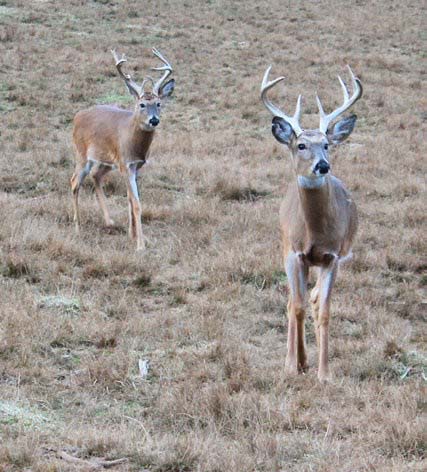
Oftentimes, the change is temperature related. In summer, bucks need cooler bedding that gets them out of the heat. These areas are generally found on north-facing slopes, in low-lying areas, and near water. In winter, deer need the opposite bedding areas that offer more heat. They find these spots one of two ways. First, solar bedding provides more sunlight throughout the day. This is only found along south-facing slopes. The sun rises in the southeast, and sets in the southwest, so northern slopes receive little sunlight in winter.
The second way is via thermal bedding. This is best defined as densely packed conifers, such as cedars, spruce, and some pine trees. These materials hold more heat at ground level, block the wind, shield the ground floor from rain and snow, and provide better cover when all other leaves are off.
4. Minor Shifts
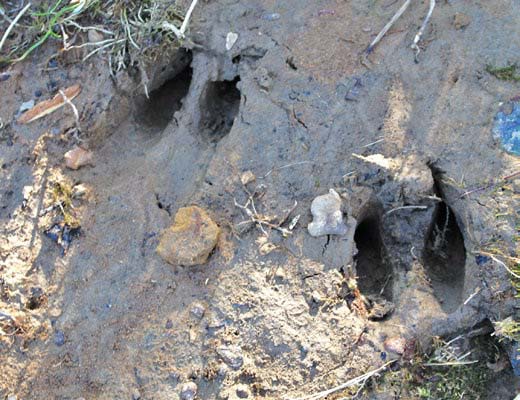
One of the more common reasons bucks seem to disappear is for a much subtler reason. It’s when they change just enough that you stop seeing them on camera or in person, but they haven’t really altered their overall patterns. It could even be as subtle as walking behind the tree the camera is on, shifting to a trail that paralle ls the previous one they used, or something similar. All it takes is a slight adjustment to start seeing this deer again.
“Sometimes they are there and just not moving much in daylight hours,” Stroff says. “It sometimes is best to back out and wait until the conditions and movement get back to what you are looking for, so you don’t apply unneeded pressure.”
5. Food Sources
Food is king. Deer need quality bedding cover, but without food, they won’t survive. That’s why deer behaviors and patterns shift as food sources change. Whitetails follow the food. They eat the best of the best. It’s that simple.
When I asked Buckventures Host Jeff Danker about his Number One reason for bucks disappearing, his answer was: acorns. “Bucks need to put on enough fat to make it through the rut,” Danker said. “Acorns put on more fat than most food sources. Therefore, bucks head to the oaks.”
On a broader scale, in the Midwest, deer eat green soybeans and other crops all summer and early fall. Then, they shift to hard mast crops, such as acorns and chestnuts. Soft mast, such as apples, pears, persimmons, and plums, also become viable. Afterward, it’s back to waste grains, standing crops, food plots, etc. Deer are browse animals, too. They eat woody plant parts, such as buds, twigs, leaves, and more, especially in winter. It’s all about offering deer what they need.
“Plant spring crops, put in water tanks, and then plant more plots,” Danker says. “Soybeans, milo, and alfalfa are my main ingredients. Figure out your entry points and have a plan for the season. I figured out a long time ago that if you have food and more food, you will keep big bucks. For a minimal amount of cash, a person can get some food planted.”
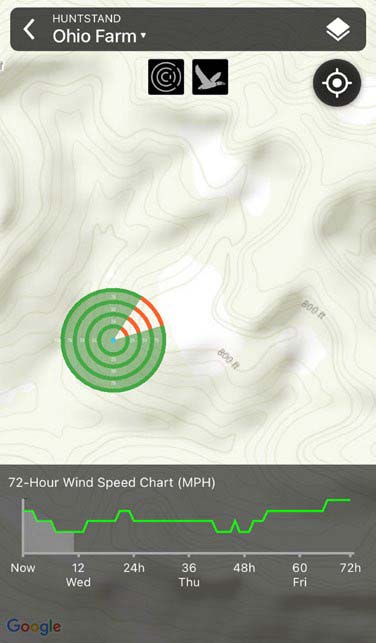 |
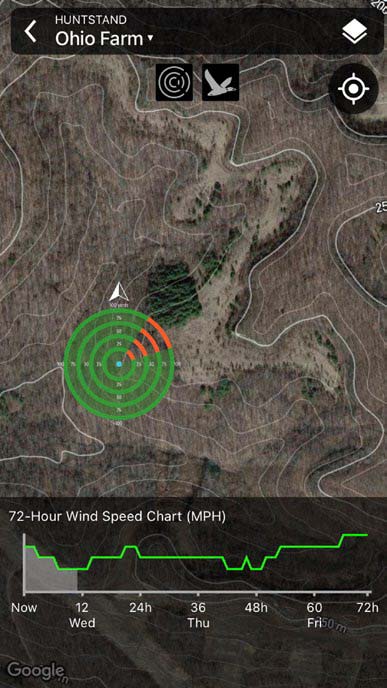 |
| Hunting apps, such as HuntStand, can be great tools for determining where big, old, smart, mature bucks are hiding from you. (Honeycutt Creative photo) | |
6. The Rut
If it’s already the rut, and your target buck suddenly vanishes, it’s likely that he’s not far. This time of year, deer cover a lot of ground and frequent areas where they generally don’t go. They’re spending less time in buck bedding areas and security cover, and more time in areas does inhabit, as well as in odd spots that bucks push does once the does are in estrus.
“If you are seeing and/or getting pictures of a specific buck, keep hunting him and don’t give up,” Adams says. “However, if you haven’t seen him for weeks and can’t even get a nighttime picture, don’t completely give up. I wouldn’t pass up another buck that makes me happy. Even if a buck has shifted his core area, that doesn’t mean he won’t wander back through during the rut. Anything can happen in November (or whenever the rut is in your specific area).”
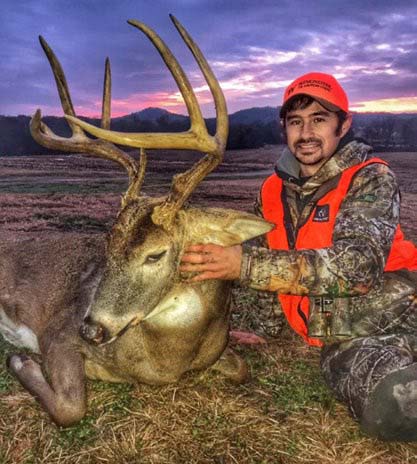
for quite a while. (Honeycutt Creative photo)
7. Hunting Pressure
One of the more common reasons bucks disappear is because hunters spend too much time in their core area. Bucks are very loyal to their primary beds, even after being bumped from them. But they’ll only tolerate so much, especially if you keep alerting them to human presence.
“Bucks and does can vanish when we apply too much pressure on them,” Adams says. “Hunters do this by hunting, scouting, hanging stands, checking cameras, etc. When we suddenly spend more time in their home, they quickly change their movement patterns to avoid us.”
Danker adds, “Hunters tend to be a little too intrusive, and especially big bucks move to where there is less pressure or they become very nocturnal,” Danker concurred. “Big bucks go where they feel safe.”
8. They’re Gone (Forever)
Sometimes, bucks truly are gone. They really are ghosts. That’s because someone has tossed them in a truck, ground them up, and stuck their meat in a freezer and their rack on the wall. For them, that’s great. For you, it stinks. But that’s deer hunting, and there’s always another one to chase. So, regroup, dry those man tears, and get to work. We don’t live in the past.
I asked numerous hunters when a hunter should give up on a big deer. The answer for all of them was, “only if it is killed.” Otherwise, Helin says, “They should never give up unless the deer gets killed elsewhere. Then, give up on that deer. But it only takes one second to change an entire season.”
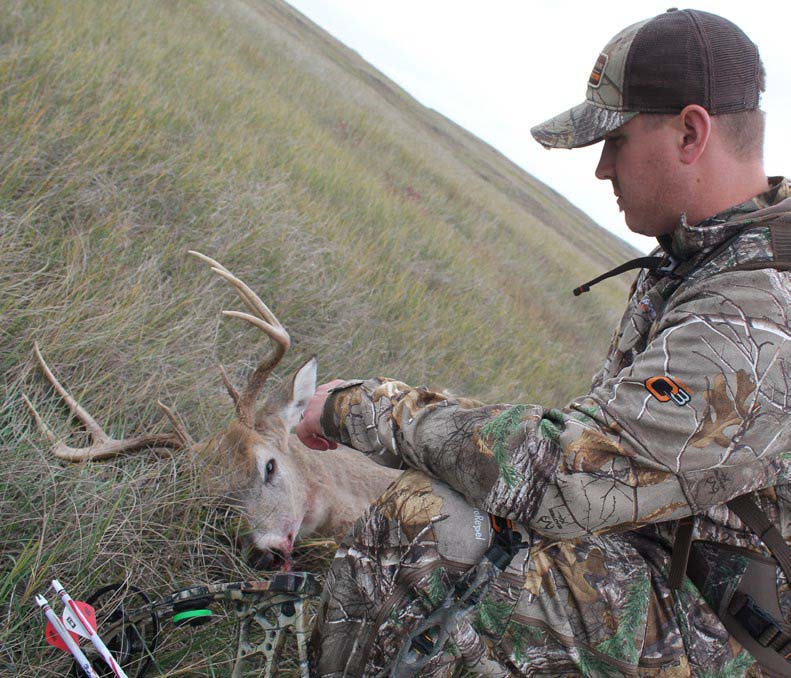
Finding Them Back
Other than reason Number Eight, most bucks that vanish can be rediscovered — if they’re still on ground where you have access. That said, there’s a right and wrong way to go about this.
“Always be scouting, but do it very smartly,” Danker says. “Aggressive scouting can push deer even further away. Run cell cams and stay disciplined to make your farms a safe place for your deer. I say always dedicate some of the farm as a sanctuary. Never go in [except] during shed season. And some deer never leave. They are right under our noses but have a knack for avoiding trail cams and such.”
Obviously, it’s important to understand the different reasons why bucks disappear. It’s equally necessary to understand how to respond. When it happens this season, make the right move.
By Josh Honeycutt
Per our affiliate disclosure, we may earn revenue from the products available on this page. To learn more about how we test gear, click here.






